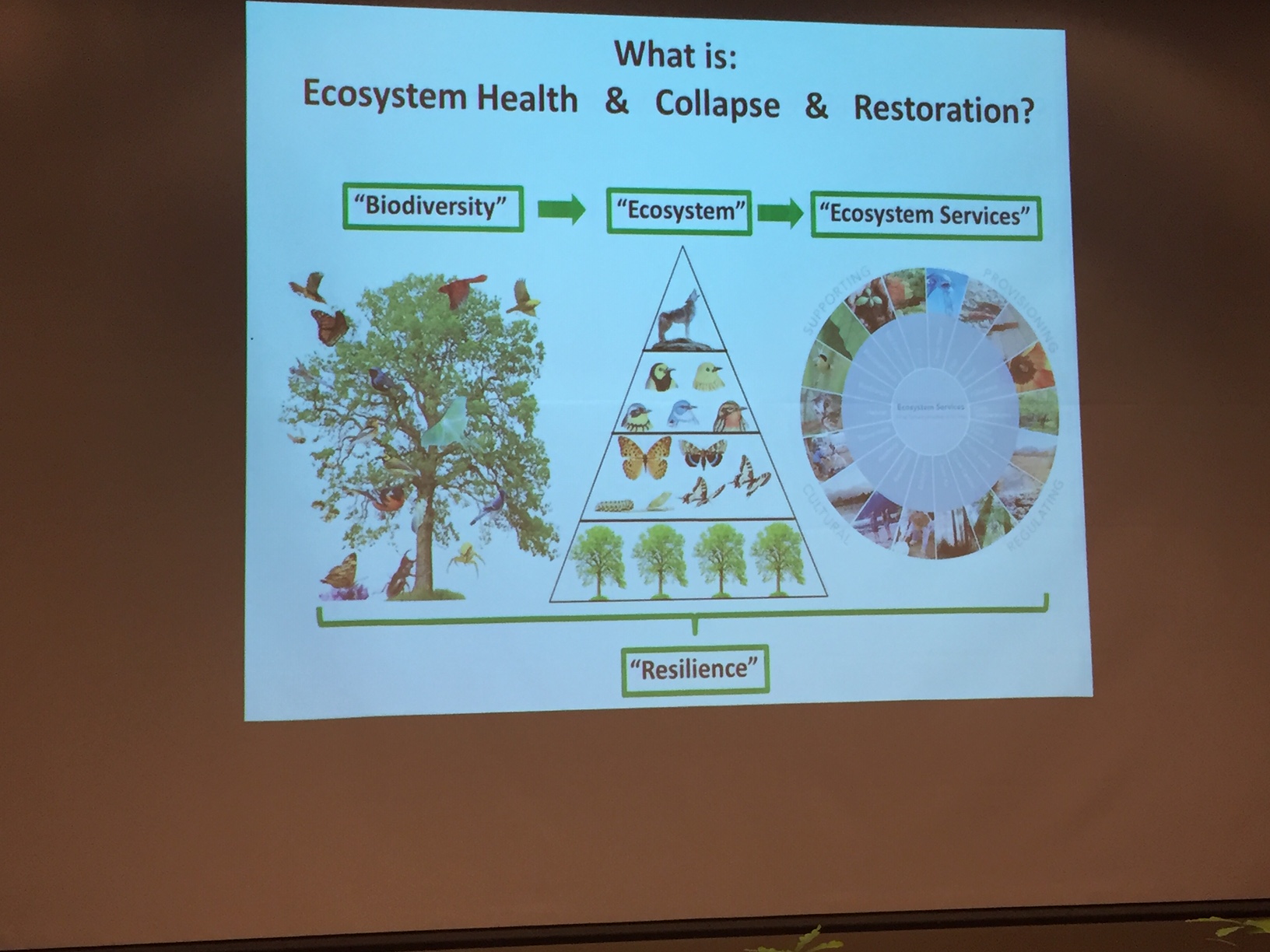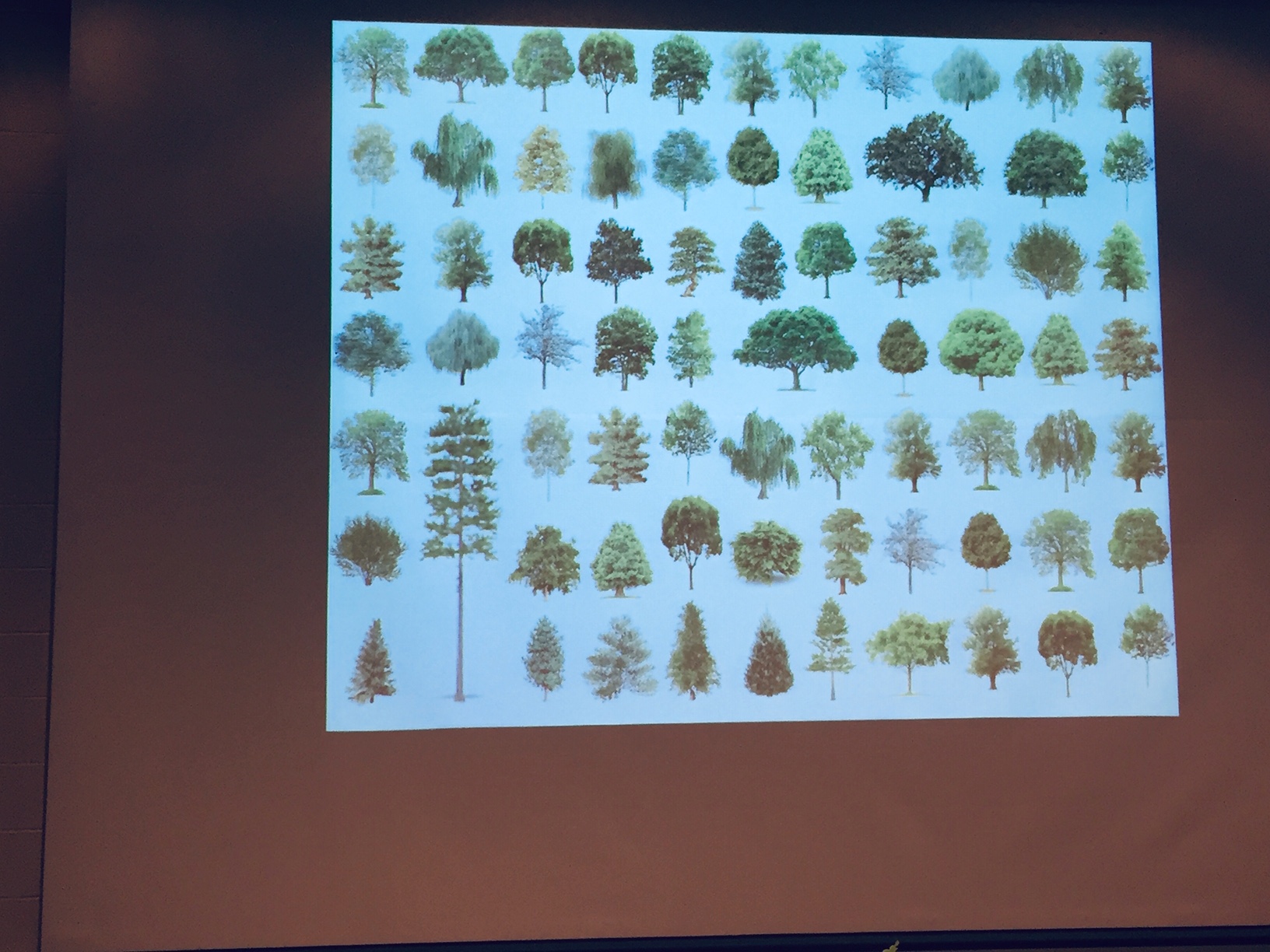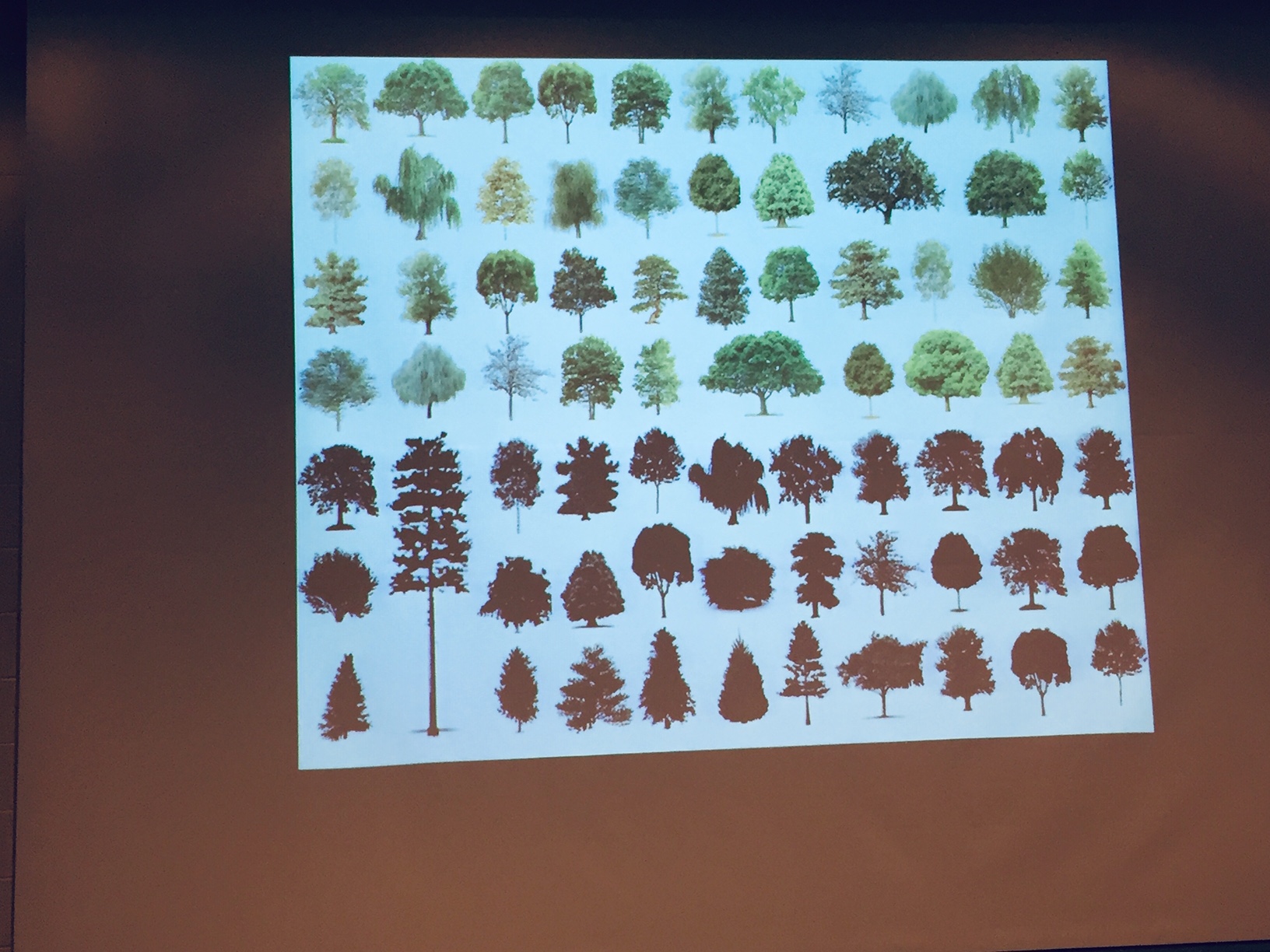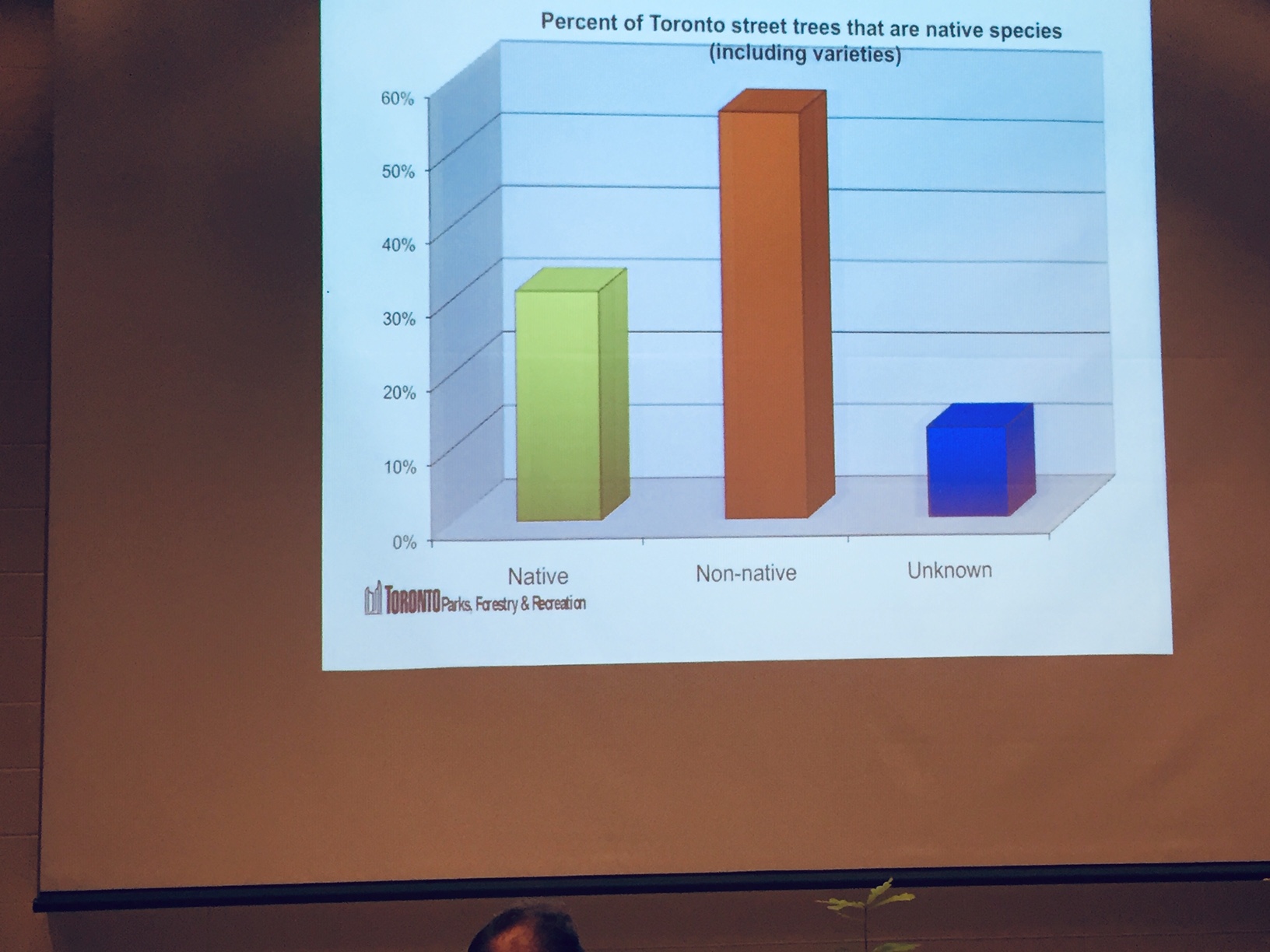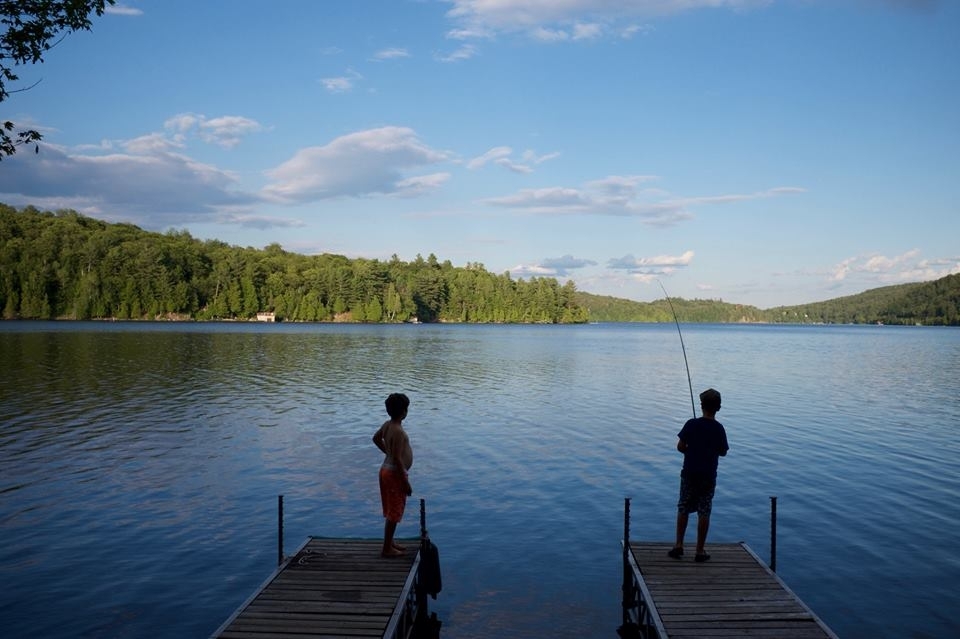
My writings - and those of others.
Becoming Political
Many of us have an internally running script saying how dissatisfied we are with some political action. Every now and then I suggest to others that they should stop complaining on social media and do something more constructive. Here are some suggestions - modified from the American advocacy group, Climate Reality Project:
Call your elected officials’ offices, especially if a decision or vote is pending. Expect that you are talking to a staff member rather than the representative - who will nevertheless be monitoring opinions.
Ask for the staff person dealing with the particular issue. Leave a message if you don’t get through to a live person
Identify yourself as a constituent, when you are one.
Know your facts and state what you think the leader should do.
Note any expertise you have in the area.
Make the call short. There are likely many calls coming in.
Call all the leaders who have an impact on the issue - municipal, provincial and national
When using social media, share good information by linking to it rather than simply ranting..
When writing letters to the editor:
Keep it short (100-200 words) and note the article you are referring to. Expect even a short article to be cut - and make every sentence stand alone.
Check submission rules for the particular publication. Timely letters - sent almost immediately as a response are more likely to get published.
Summer Reading
A friend recently noted how much she had enjoyed The Overstory - mentioned in my own resource list and I highly recommend this one.
But you might also enjoy the summer reading list provided by Professior Stephen Bede Scharper of the University of Toronto, who teaches in several departments ranging from environmental studies to theology. Here it is:
If you are looking for new reading material for the summer, below is a list of books Stephen Scharper highly recommends - enjoy!
On environmentalism:
The Bridge at the Edge of the World by James Gustave Speth
For Earth’s Sake by Stephen Bede Scharper
This Changes Everything by Naomi Klein
On plant-based nutrition:
The China Study by T. Colin Campbell
The China Study Solution by Thomas M. Campbell
Natural Feasts by Deliciously Ella (cookbook)
On mindfulness:
The Secret by Rhonda Byrne
The Alchemist by Paulo Coelho
Peace Is Every Step by Thich Nhat Hanh
Wherever You Go, There You Are by Jon Kabat-Zinn
Happy reading!
The Doughnut- an important perspective.
That one? - Or this one?
Canadians are fans of doughnuts with endless brands. But the one I have recently discovered is more than a calorie laden deliverer of sugar but a way to bridge economy and the planet. Kate Raworth’s doughtnut brings these two aspects of our lives together in a remarkably intelligent way.
I was moved after a recent conference to ponder the words in a distributed report entitled Church Growth Statistics. Not surprisingly totals were down showing a decline - and there was an underlying anxiety in what the report showed. If only 25% of the parishes studied were growing what did this predict for the future.
The benchmarks were the number of persons attending on Sundays and the average annual donation. From my not-for-profit director days, I would have used similar ones. What both depend on for a happy outcome is growth. Enter an aging population with aging buildings. The vocabulary shifts at this micro level the same way it does in the macro one. We start to hear about “sustainability”, or “sustainable growth” or” long term sustainability” as the video below shows. What is missing is the reality that we live on a planet whose capacity for growth has limits. To make it even worse, our collective practice of exploiting its resources make it even more devastated
Economics is complicated. So is politics We have to decide whether we are citizens or consumers in every realm in which we exist - even church land. I expect there will be some new perspectives on how we use words like growth and sustainability going forward..
Here’s some help with the doughnut:
You can also visit Kate Raworth’s site for more information here.
Re-Wilding
Those of us who live near ravines in Toronto are blessed with an escape into a natural world on the edge of office and residential towers. As part of the recent University of Toronto’s alumni weekend, a lecture advertised as “Stress -Free” and entitled Re-Wilding Toronto, The Billion Dollar Dream - was an obvious choice.
The public lecture was filled with a wealth of information and excellent slides - some of which I couldn’y resist snapping and sharing here. Eric Davis is currently a PhD candidate, but he brings a wealth of work experience and a passion for restoration.
We learned that the Toronto Ravines are one of the world’s largest ecosystems, that cover 27,000 acres or one fifth of the city.
What an uninformed public does not know is that after years of neglect the ravine system is on the verge of collapse:
Eric Davis is a gifted instructor and used good analogies throughout. His points are illustrated in the mini-slide show below.
He started by showing us that trees are part of a system of biodiversity on which an entire ecosystem depends to produce a number of services on which other forms of life - including ourselves - depend. The intricacy of the system can be compared to a racing car - in which the importance of the most minute parts will determine the success of the race - a comparison that another forester named the rivet hypothesis. When the Nascar race happens, the integrity of the parts is crucial and the emergency repair team is on it with repairs in seconds. We need a comparable repair pattern for the trees in our ravines.
What has happened is the ravines have become invaded by non native trees- brought in by the owners of adjacent properties over the past decades - and the percentages of these are growing.
A study of the Rosedale Ravine 40 years ago has provided a baseline to study the changes:
The time lapse shows the urgency of the need for change. But unlike too many of the studies that we read about, Eric Davies has some clear solutions. The summary of the study can be read here and includes the following:
A Tree inventory has been completed
Other inventories are not under way - both native and non-native vegetation, mammals, birds and insects
Citizens are becoming involved in local studies and inventories
Schools and households are encouraged to collect, plant and grow local plants and trees to prepare for reforestation.
Perhaps the most important answer came from a response when a questioner wondered why we aren’t planting for a future client change. The answer - trees have been adapting to changing conditions for thoustands of years. We can probably trust them to do so - and do what we can to help them flourish.
And the billion dollar price page? A cathedral generated two billion in one day for restoration. Perhaps it is time to get our priorities right when we compare the importance of an ecosystem to our future.
Plan B isn't Planet B
No Planet B is the title of a current post from the Parliament of World Religions. They are aunching a webinar series entitled Faith and Climate Webinar series and you can find out more about that here.
Their Climate Action Program is also launching a special "WebForum" page on the Parliament's website to provide background about the Faith and Climate Webinar Series and begin a discussion of webinar topics ahead of time. The WebForum will feature a lead essay by a panelist from the upcoming Faith and Climate webinar, with written responses from other panelists and invited experts from the field, as well as comments and questions from readers. Each WebForum topic will include background information about the specific webinar topic, with links to further reading in anticipation of the webinar itself.










